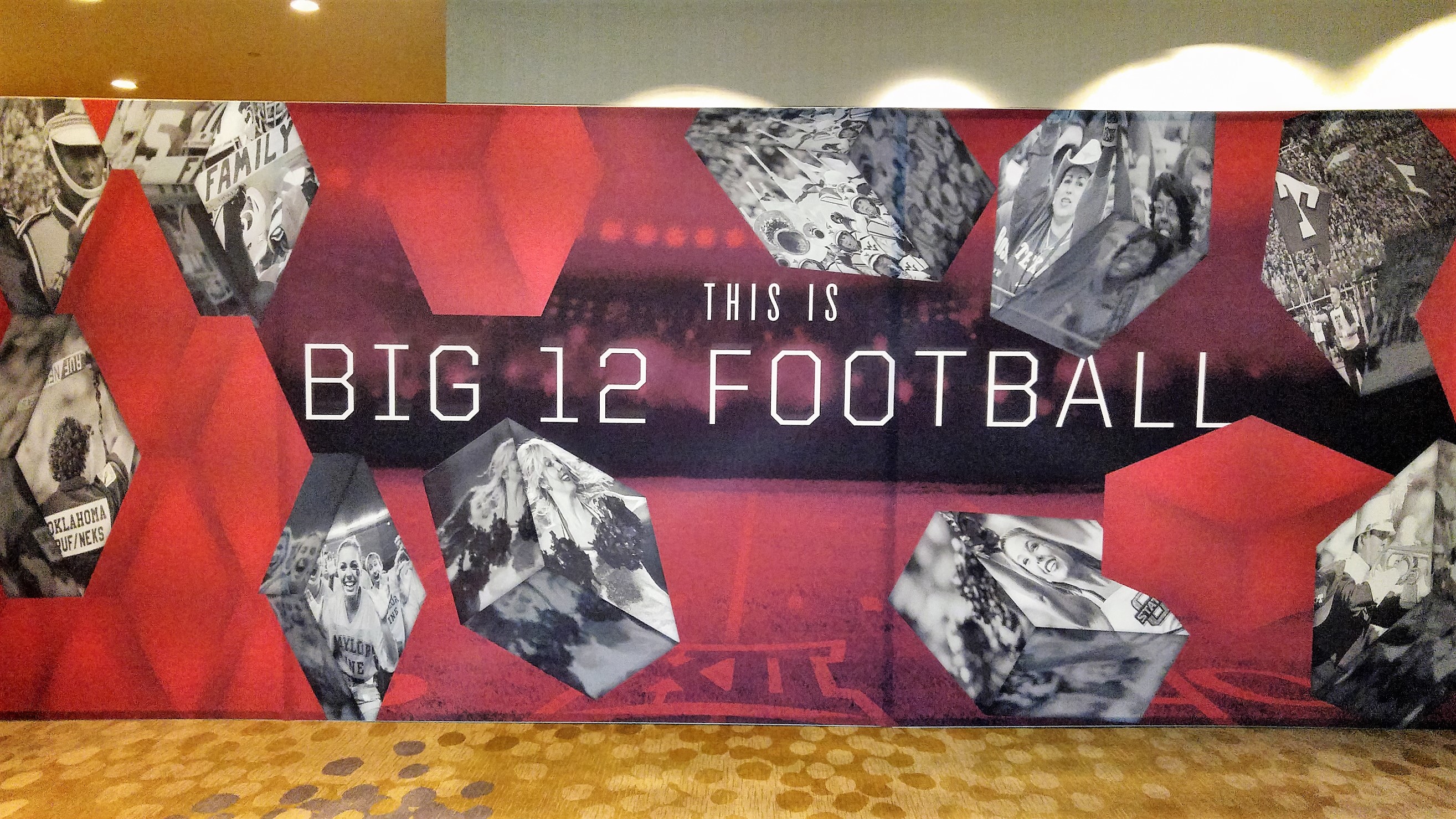To expand or not to expand — The question for the Big 12
Fans of the Big 12 aren’t seeing the reason why university presidents have authorized Commissioner Bob Bowlsby to explore candidates for expansion.
Fans are thinking in terms of competition. They want strong competition in order to help their teams secure playoff spots and win numerous trophies in prestigious bowls and in March Madness.
But the university presidents are thinking in terms of money. Big money.
Reports are surfacing that Oklahoma president David Boren said television contracts allow the conference to add up to six new members and that ESPN and FOX have to pay equal shares of revenue — per university — for them.
In addition, the Big 12 will likely ask the new members to take less money at the beginning until they become full members after a few years. How do I know? Because that’s what they did to TCU and West Virginia.
Both teams are fully vested for the first time this year and had an equal share of $30 million, just like the other eight teams. TCU coach Gary Patterson said during Big 12 Media Days that when it comes to athletic facilities, the university doesn’t bond those out; it has to raise the money first. So equal revenue sharing means the ability to take better care of coaches and athletes, he said. The Horned Frogs raised money to build a new stadium, weight room, locker room, training room, equipment room, indoor facility and recruiting room.
“You don’t have to wait as long to get it,” Patterson said. “One of the things I said when we came into the Big 12 Conference is there’s not even a question whether you should do it. … But that’s the way you want it because we got a better opportunity now to play for a national championship because of who we play and we do things.”
Let’s say four universities want to join the Big 12 and are willing to take less money for a certain amount of time. We’ll say they agree to take about $8 million a year apiece. What happens to the remaining $22 million that should have gone to each of them? The Big 12 would simply redistribute that to the current 10 members.
Look at the reason why the conference reinstated the championship game. Oklahoma coach Bob Stoops summed it up.
“It’s a 13th data point and everybody gets an extra $3 million. That’s significant. In the end, let’s go play!”
The same logic applies to expansion.
According to reports, the three teams that have the best chance to get invitations are Houston, BYU and Cincinnati.
In about a decade, the television contracts will be renegotiated. I don’t believe the Big 12 survives as a conference after that. And let’s be honest — some current members wouldn’t be looked at for membership in Power 5 conferences today had they not been members of the old Big 8 and Southwest Conference. And some have been building facilities and incurred debt. This is their best way to get things paid for since they’ll continue irrelevant in the college football playoffs.
And for fans who worry that a super division will be re-created in the conference that mirrored the Big 12 South, I say that’s not a consideration for any of them. Here’s why.
The marquee matchup each year is Oklahoma-Texas. That game has to be played every season because fans want to see it and television makes money off of it. Typically, when both teams are good, the winner still has a chance to play for the big trophies. That doesn’t change if the conference re-creates a power division. And the thinking at each school remains the same — if we take care of business on the field each week, we’ll be in the mix in December for a playoff spot.
Better competition excites fans. But money is what excites university presidents. In the end, money is what wins out because it helps ensure better facilities, better salaries and the ability to do more to recruit better players.
And to the presidents if those three areas are great, fans will get excited because it means winning those trophies.
Love it? Hate it? Want to tell me to take a hike? Let me know!



